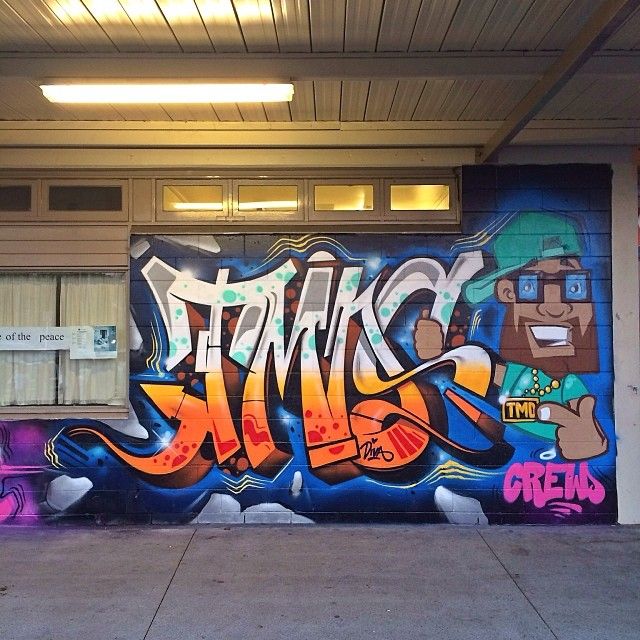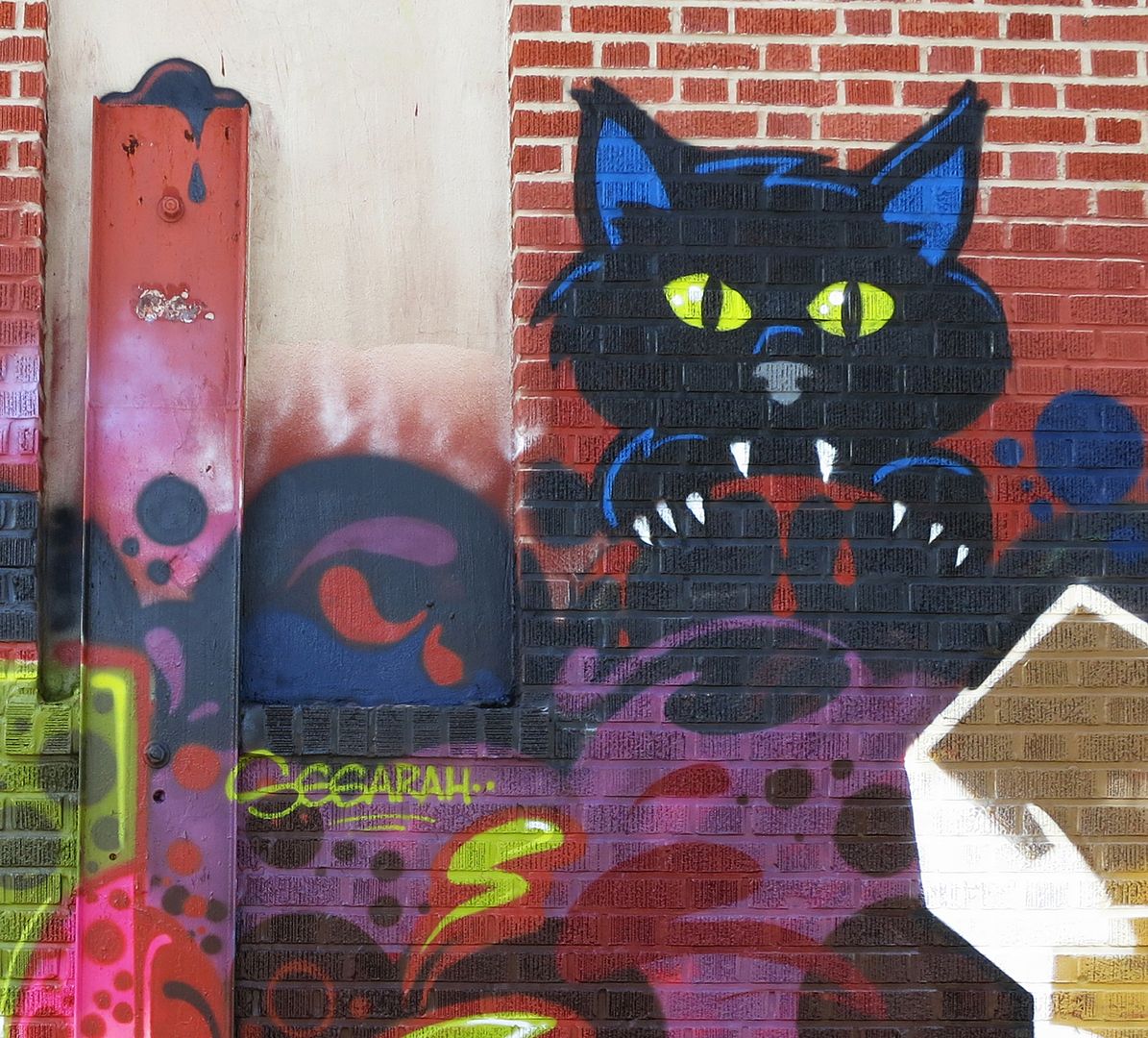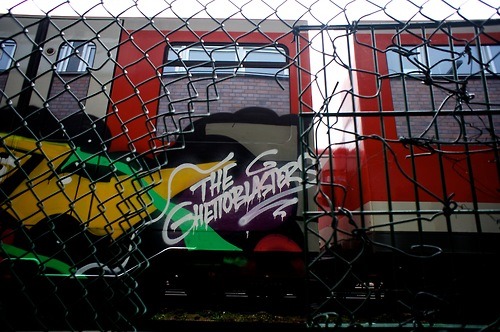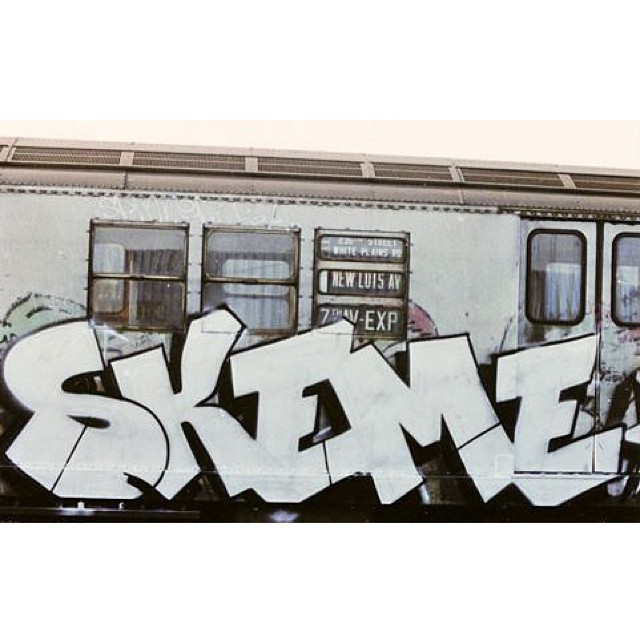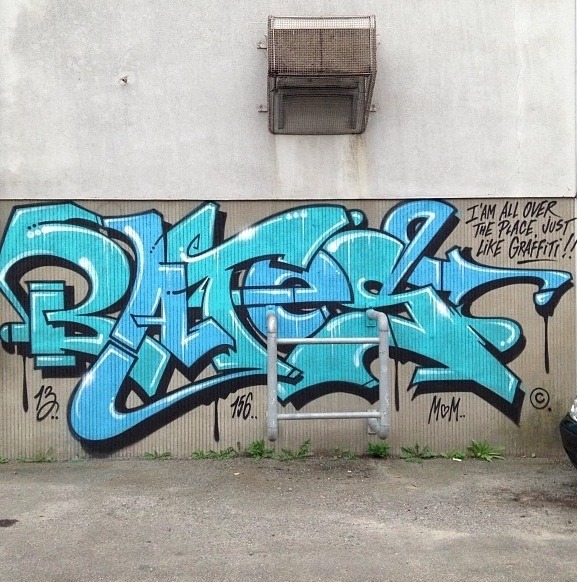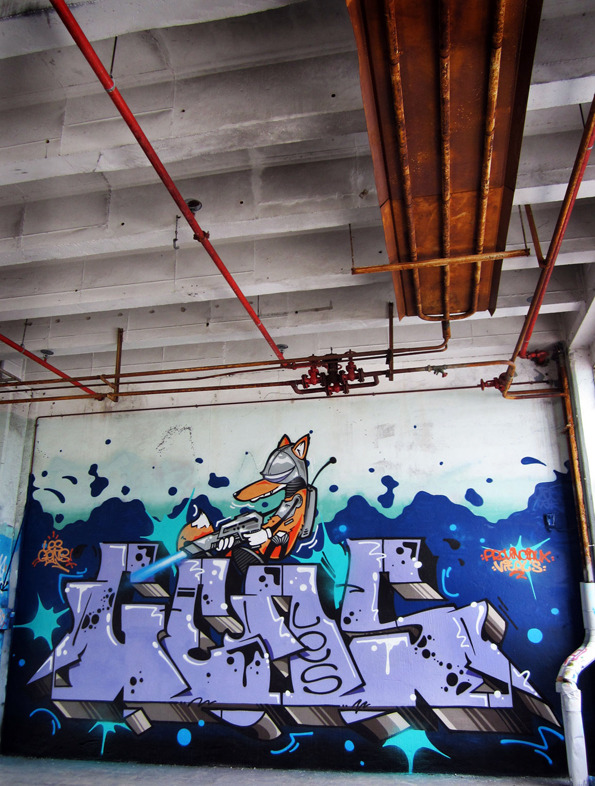
After watching the new Sofles – Limitless video by Selina Miles and see it get a cool 2 million views in the first 48 hours on Youtube, and now its 3 million views while I post up this interview, I thought it was appropriate to shed a bit of light on Selina Miles, who shot and cut the video. Lots of people have been asking me questions about the Limitless videos, since I know both Selina and Sofles, so I thought an interview would be a good way to tell the story about this incredible videos and the story leading up to its creation.
Selina, could you introduce yourself? And tells us a bit about this Sofles guy?
Hey Lars, I’m Selina, I’m 26 and I come from Brisbane, Australia. I have been working in film for about 5 years, and the first time I picked up a camera it was pointed at Sofles. We made a really bad video that got me a job with his paint sponsor Ironlak, whom I have edited videos for ever since. For those who don’t know Sofles, he’s an Australian-born writer who now spends the majority of his time gypsying through Europe being a full-time graffiti genius.
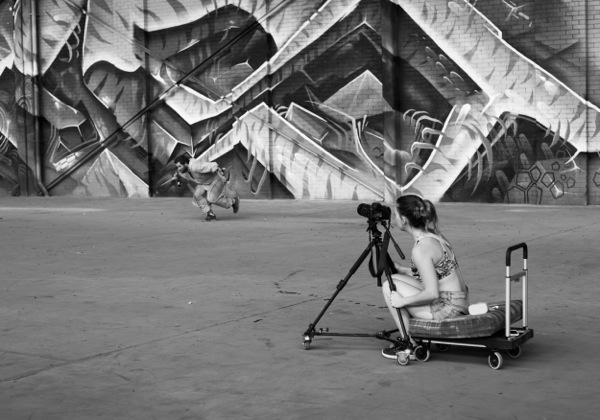
The Limitless is the sequel to Infinite, a video that came out about 5 months ago, how did two Australians end up shooting something like this in a abandoned factory in Portugal?
I’m still wondering that myself! Sofles was in Europe and had a break in his painting schedule and I ducked over for a holiday. We chose Portugal because Sofles had spent some time there the year before with Mr. Dheo, and made the amazing Mr.DheoxSofles video.
See the full video Mr.DheoxSofle here:
Portugal is a beautiful country and we were very lucky in the locations we had at our disposal.

Tell us how you made the Infinite video?
As far as the Infitnite video goes, as much as I would love to claim a lightbulb moment, it was really an accident. I had heard about the “Hyperlapse” technique from a director friend of mine from home, and just happened to be looking it up to investigate one night in Portugal. Sofles saw what I was looking at and freaked out, he was amazed! So I googled what I could about the technique and the next day I tried it for the first time, with varying success. After one day of testing we kind of jumped in the deep end. The video took 12 hours to shoot over 3 days. We had to have a day break in between shoot days because it was so exhausting, especially the days outside in 35 degree heat and full sun. We were definitely happy with the video but had no idea it would be received as well as it was. We definitely weren’t thinking of a sequel at that point, I was excited to never be anywhere near another hyperlapse project ever again! But over time you forget the pain and more ideas pop up.
See the full Infinite video here:
Moving on to Limitless, how did this sequel come about?
Sofles got back to Australia and we were at a job he was working on with Quench, another artist from the video. We were talking about how impossible it would be to find any location suitable in Brisbane, and someone mentioned this particular building which had been abandoned for several years, but was way too heavily patrolled to paint. So I made a few calls, and 2 days later we had permission to use it as a set for what would become Limitless. This alone was such an amazing bit of luck it’s hard to believe there isn’t some force somewhere helping us make this happen! There was never a discussion of “should we try to do this illegally,” it was never about doing anything illegally and we knew we would never be able to produce the kind of work we wanted if we were worried about trespassing.

It took ten 8-hour days to shoot it, the whole project from start to finish took a month. We think we used about 700 cans of spraypaint, and several hundred litres of buff paint. We tried to keep track but it was impossible. Working with a group of artists instead of just one was awesome, each person involved multiplied the creativity and energy on set and we had plenty of serious laughs. The part I am most happy with in the video is the intro, because I love super slow motion, and I loved adding something in there to make sure people understand we don’t take ourselves too seriously. It really was a true collaboration; everyone in the video was involved from start to finish. Treas is basically made up of 100% pure ideas. He is also a stop-motion genius. The spray can telescope? The animated lazer beam third eye thing? All his, he is a weapon. The all-white setup at the start of the video was Sofles and Fintan Magee, the boat was Fintan, the spinning camera movement was me, the throws was Sofles, the Jelly Robot dance at the start is the brainchild of Quench. This video would not have been the same if any person had not been involved. I instantly regretted suggesting the idea of the shot from above down on Sofles when he lies on the ground when he made me climb a ladder that sat on top of a scaffold tower and sit in the rafters of the building trying not to fall off and die, but the shot was worth it and I’m glad he made me do it.
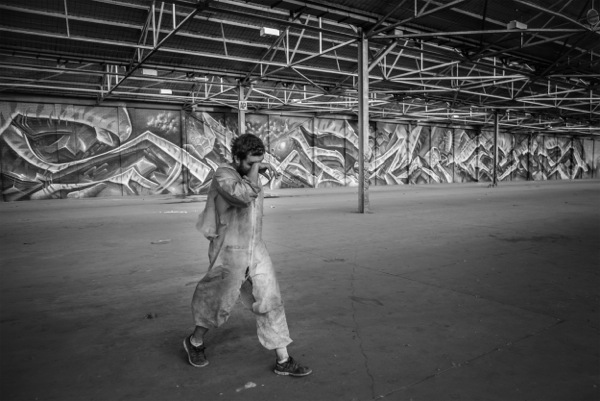
The post production took a week, I thought I was giving myself plenty of time but 90% of this was pacing around my office waiting for things to render. I don’t know how many hours it took of rendering but it was easily 40 hours. Every time I had to change a part of the video I had to wait 6 hours for the video to render, because each frame was so large I couldn’t play the video on my machine. Another Brisbane local, our good friend DJ Butcher came along and created a 100% original soundtrack for us in 3 days.
How did you make Sofles fly in the video?
Sofles can fly from spraycan jetboosters thanks to the magic nozzles he uses.
See the full Limitless video here:
Whats up in the future for you, any exciting projects coming up?
I am heading to the US to shoot Art Basel Miami with Ironlak, and then heading to New Zealand to shoot RISE festival in Christchurch, which is a really exciting project.
Info on RISE can be found here: http://streetart.co.nz/
Thanks you for taking time to do this interview with ilovegraffiti.de/lars Selina, and all the best to you in the future!
By Lars at ilovegraffiti.de/lars, posted 26-11-2013.
More here http://ilovegraffiti.de/lars/2013/11/26/interview-with-selina-miles-limitless



